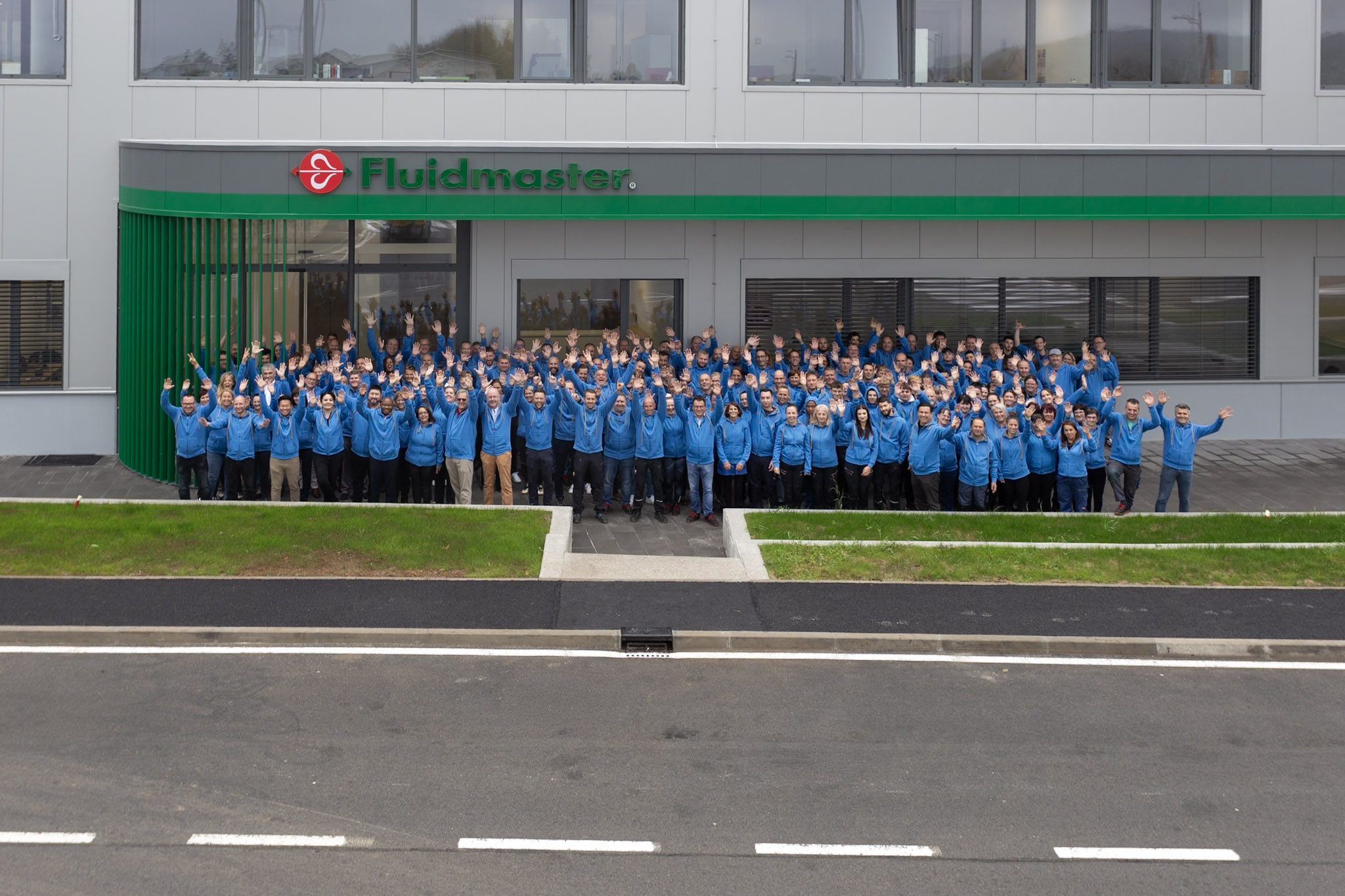
Fluidmaster Open New Facility in Prestranek
On Friday, October 24, 2025, Fluidmaster officially opened its...

Water is widely considered to be earth’s most valuable resource. And the toilet is one of the largest water consumers across residential, healthcare, and commercial properties. So, for a quick-win when it comes to water-saving, here’s why it makes sense to look to the humble loo.
Water Saving Opportunities
As we learn more about the consequences that water scarcity is having on our environment and understand the impact for the future, it is increasingly important to educate ourselves on water saving opportunities and choices.
A quick and effortless way to consume less water without giving it a second thought, is to install modern, water-saving flush and fill toilet solutions. But how much water, and money can be saved?
When considering upgrading or replacing your toilet cistern, it’s important to think about the water efficiency of the system. The right specification can ensure that many litres of water are saved every day, with minimal effort.
Flushing Factors which Influence Water Saving
Across toilet cistern set-ups there are several variable factors which influence how much water (and money for those on a metre) can potentially be saved through the installation of efficient flushing and filling valves.
These include:
So, to help determine how much water, money and CO2 could be saved by upgrading your flush and fill valve, we have made some revealing calculations. Of course, the exact amount will vary depending on the factors above.
We have looked at an example calculation of the potential water costs and savings for a dwelling, occupied by four people, when the flush volume is reduced by up to 1 litre through installation of a more efficient flush valve like our Fluidmaster dual flush.
Up to an additional 1 litre per flush saving can also be made if the dwelling installs a Fluidmaster Airgap 6000 compliant water saving fill valve.
Installation of both of these Fluidmaster valves together could reduce a person’s water consumption by up to 11.5 litres per day. Taking measures to cut individual water use by this amount, will achieve 28.5% of the Government’s 2050 water reduction target.
The added benefit of fitting both valves to a dwelling with four occupants equates to a potential reduction in the water meter charge by up to £62.00 per year (depending on variable factors as listed above).
Did you know?….